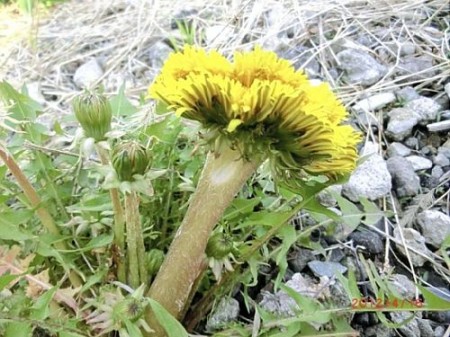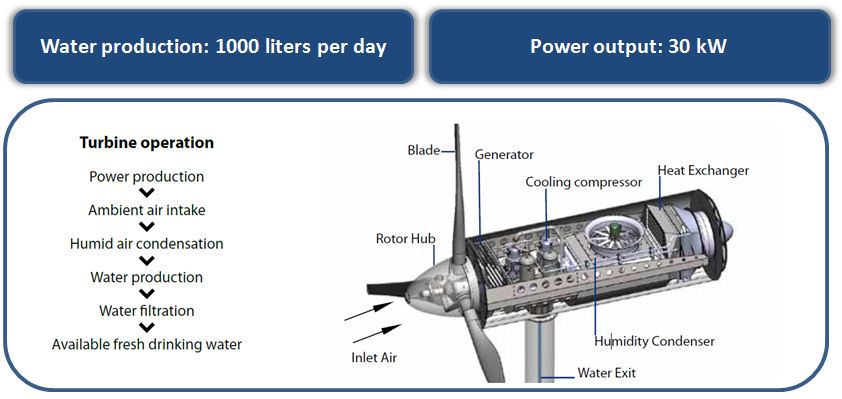Update 3:
– Fukushima: While No One Is Watching Humanity Faces The Most Dangerous Situation Ever
Update 2:
– ‘The Greatest Threat Humanity Has Ever Faced’: Fukushima Reactor No. 4 SFP ‘An Immediate Problem’ – Building Is Sinking, Over 30 Inches In Places
Update:
– Which Will Collapse First, The Economy Or The Spent Fuel Pool At Fukushima? (Ambassador Murata: Total Number Of Spent Fuel Rods At Fukushima Daiichi Site Excluding The Rods In The Pressure Vessel Is 11,421!!!)
From the article:
If they are MOX fuel, containing 6% plutonium, one fuel rod has the potential to kill 2.89 billion people. If this pool collapses, as Senator Wyden is now saying too, we would face a mass extinction event from the release of radiation in those rods.
That is, if we aren’t in one already. Nuke experts like Arnie Gundersen and Helen Caldicott are prepared to evacuate their families to the southern hemisphere if that happens. It is that serious.
So now you know, if you didn’t before. We are in big trouble.
More info on reactor 4 down below.
– Fukushima is falling apart: are you ready? (End The Lie, April 21, 2012):
Thirteen months have passed since the Fukushima reactors exploded, and a U.S. Senator finally got off his ass and went to Japan to see what is going on over there.
What he saw was horrific.
And now he is saying that we are in big trouble.
See the letter he sent to U.S. Ambassador to Japan Ichiro Fujisaki, Secretary of Energy Steven Chu, Secretary of State Hillary Clinton, and NRC’s Chairman Gregory Jaczko here.
But what is so ironic about this is that we have been in this heap of trouble since March of 2011. March 17th, to be exact, when the plume of radioactive materials began bombarding the west coast of California.
And Oregon. And Washington. And British Columbia. And later Maine, Europe, and everywhere in between.
Independent researchers, nuke experts, and scientists, from oceanography to entomology and everywhere in between, having been trying to sound the alarm ever since.
The scientists most upset are those who have studied the effects of radiation on health. I’ll say it again, so its really clear: we are in big trouble.
The most preliminary reports of soil contamination are starting to come in from the USGS, who has seemed reluctant to share this information. Los Angeles, California, Portland, Oregon, and Boulder, Colorado, so far have the highest radioactive particle contamination out of the entire US.
That being said, every single city tested across the country showed contamination from Fukushima. What is even more alarming, however, about the numbers coming in, is that they are from samples taken April 5th, of last year.
Read moreFukushima Is Falling Apart: Are You Ready … For A Mass Extinction Event?


